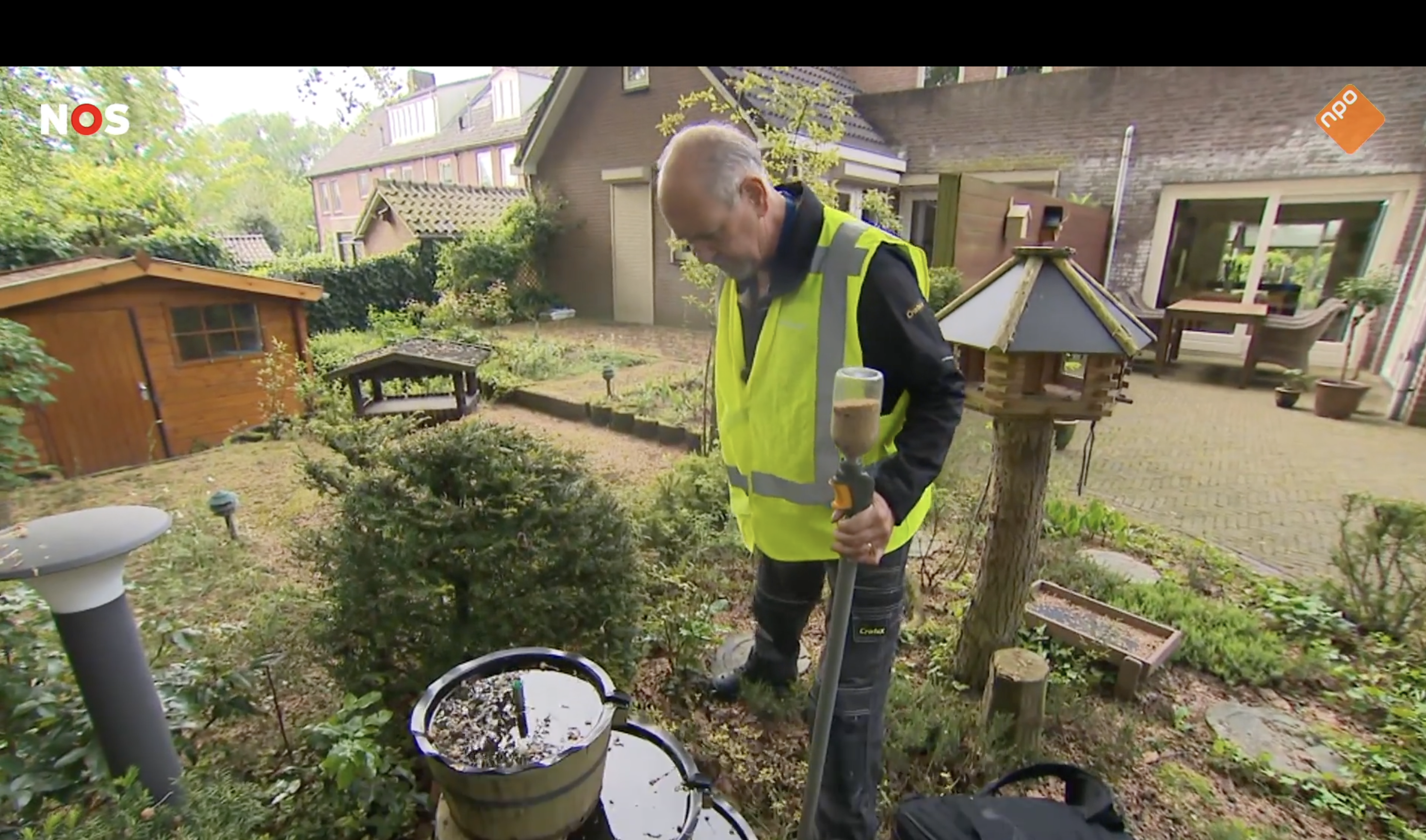The Aedes albopictus, or the Asian tiger mosquito, is gaining notoriety this summer. It was the focus of an article in The Guardian a few days ago, it was on the Dutch NOS news yesterday, and it also makes an appearance in this article published in Open Access Government that I collaborated on with my colleagues, epidemiologists at KIT Institute, Jake Mathewson, and Ente Rood.
Why is it making headlines? This dreadful mosquito is a vector for diseases such as chikungunya, yellow fever, and dengue.
Growing up in India, I vividly recall government officials combing through the garden during the warm, wet monsoons – when this dreaded mosquito thrives – looking for stagnant water. They’d warn us against empty pots with stagnant water and promptly throw out any collected water they saw.
 Just yesterday, the NOS featured a public health professional doing precisely the same thing in Arnhem.
Just yesterday, the NOS featured a public health professional doing precisely the same thing in Arnhem.
This striped menace is on the move!
The rising temperatures in this age of climate change offer fertile ground for this mosquito to move and multiply. However, Jake and Ente suggest that to stop the advance of this mosquito and other diseases that will gain ground, we must extend our efforts, broaden our scope beyond our backyard and borders, and commit to transnational strategies.
To know more about how we can and should respond to the shifting burden of diseases, read our article here: https://www.openaccessgovernment.org/the-shifting-burden-of-neglected-tropical-diseases-in-the-age-of-climate-change/176417/
Or download the PDF.

